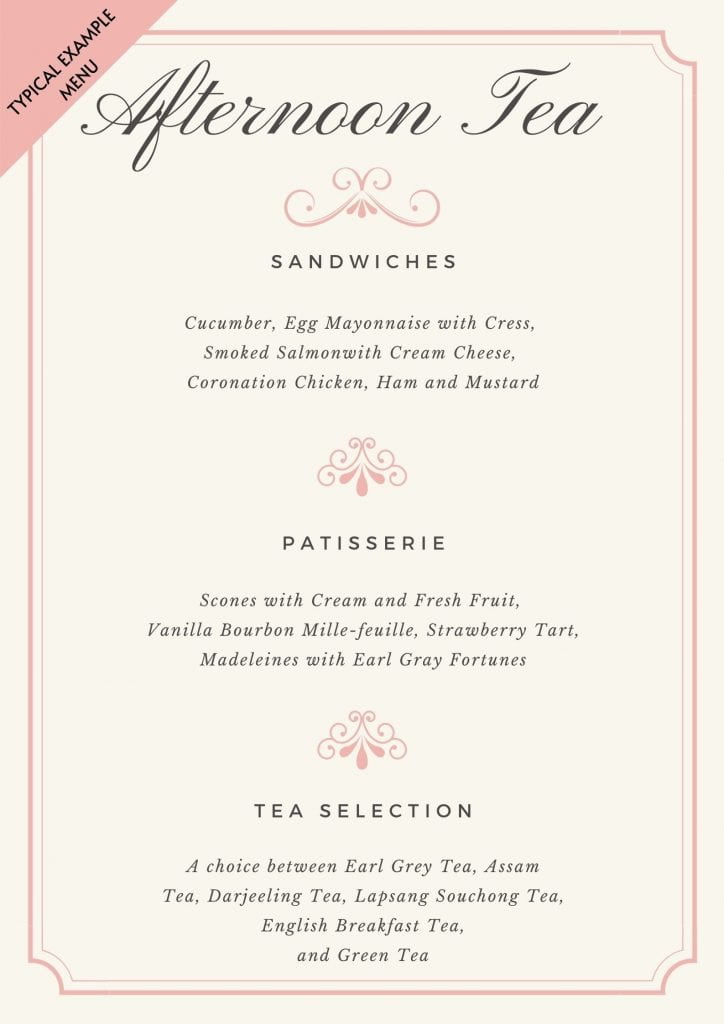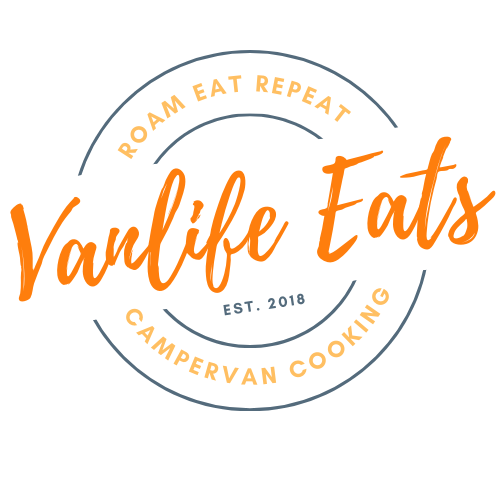For the first weekend of Spring here in the UK we host our Vanlife Event “Afternoon Tea” and we are inviting Vanlifers anywhere in the world to join us with a celebratory afternoon tea in a van.
Last year we hosted the event over zoom but this year if you are based in the UK why not join us in person at the Cotswold’s Camping and Caravanning Site in Oxfordshire where we can make a weekend of the whole event.
Join us in Oxfordshire
Join us at the campsite on 19th March for an overnight stay and then the afternoon tea at midday Sunday. (bring your own food)
Cotswolds Caravan and Camping
Spelsbury Rd
Charlbury
OX7 3LL
Join us Online
As we did last year we will be streaming the event live over Google Meet so that anyone in the world can also join in.
Join the live event here at 12pm (UK time) 20th March 2022
**Link will only be active 10 minutes before the event**
[tribe_tickets post_id=”24914″]
You don’t have to bake or make anything in your van to join in with the event so go grab yourselves some delicious treats from the store.
If you aren’t planning on baking in your van we can highly recommend The Cornish Company to grab yourself a pre-made afternoon tea. We have reached out to them to get you a discount code too!

What to include in your Afternoon Tea?
There are many variations of an Afternoon Tea and it can be entirely customised to suit your taste. Here are some of the classic elements found in an Afternoon Tea.

Here is our very own recipe for making mini scones in an Omnia Oven
Last year we were dispersed across the UK & as far as Portugal and the Algarve and we all managed to meet up and have afternoon tea together via the magic of GoogleMeet! This year we are free to meet in person so be sure to get booked into the campsite.
Spaces are very limited!
Looking forward to seeing you there in person or live on Google Meet!
Sophie & Mark



